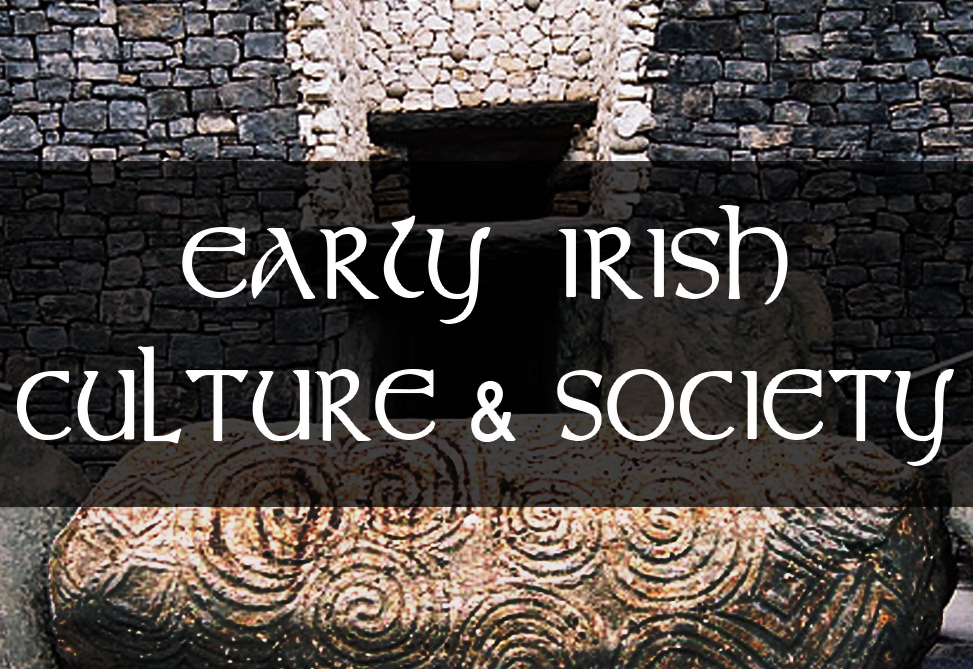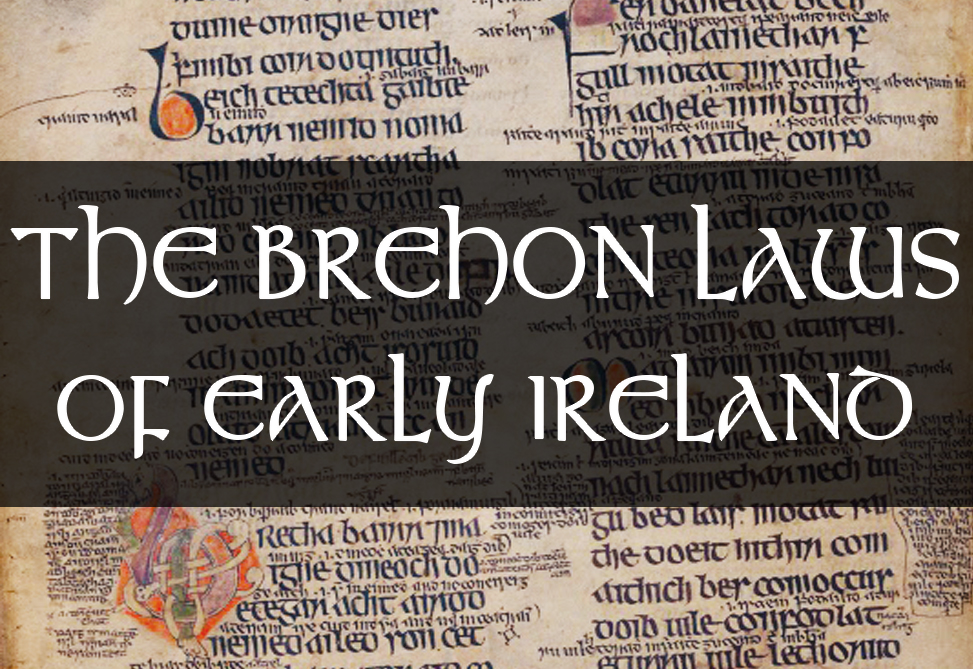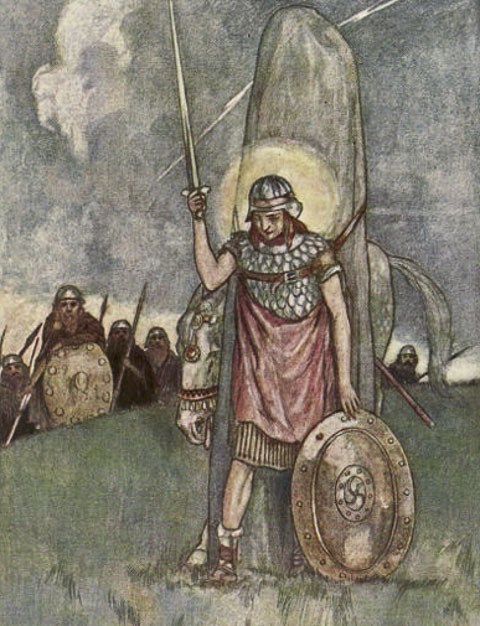This article ventures into the heart of Irish folklore and history, spotlighting Morann and his legendary Collar—a beacon of justice and wisdom once featured on the emblem of the Department of Justice, Equality, and Law Reform.
We will examine how this iconic symbol, deeply intertwined with Ireland’s cultural legacy, was gradually removed from official branding around 2017-18, leading to its virtual disappearance today. Through this exploration, we aim to highlight the importance of the Collar of Morann and discuss the wider consequences of erasing such national symbols in contemporary society. The Collar of Morann is not merely an artifact of Irish folklore; it is a profound symbol of justice, wisdom, and integrity that connects modern Ireland to its rich mythological and legal heritage.
The Collar of Truth in Irish Folklore
The Collar of Morann, also known as “Morann’s Collar,” “The Torc of Judgment,” or “The Collar of Truth,” is a legendary artifact from Irish history and folklore. According to ancient Irish texts, this collar was a symbol of wisdom and justice, worn by Morann, a celebrated judge or brehon in pre-Christian Ireland. The collar is said to possess magical properties, tightening around the neck of the judge when an unjust judgment was made, and loosening when a fair verdict was delivered. This ensured that the judge remained impartial and just in their decisions.
In the annals of Irish folklore, the Collar of Morann remains a fascinating emblem of the ancient ideals of justice and integrity. It not only highlights the revered status of judges in ancient society but also reflects the sophisticated legal practices of the time. As we look back on these legends, we’re reminded of the timeless importance of fairness and wisdom, and it is worth pausing to consider whether these principles hold true in the justice system of the modern era.

Morann: The Just and Wise Brehon
Morann is often highlighted in ancient texts for his unparalleled wisdom and fairness. His reputation as a just judge is intertwined with stories of the collar, underscoring the significant role that the administration of justice played in Irish society. The legends surrounding Morann and his magical collar underscore the importance of moral responsibility and the high esteem in which judicial authority was held.
Morann was reputedly a figure of great wisdom and fairness, and the collar is often mentioned in the context of his exemplary judgments. The story of the collar illustrates the high value placed on justice and integrity in ancient Irish society, and it serves as a metaphor for the ethical obligation of those who uphold the law. The Collar of Morann is mentioned in various sources of Celtic mythology and Irish literature, reflecting its importance as a symbol of judicial authority and ethical governance.
The Collar of Morann and the Brehon Law
The legend of the Collar of Morann beautifully mirrors the ethos of Brehon law, an intricate and enlightened legal framework that shaped ancient Ireland. Renowned for prioritizing restitution above retribution, Brehon law championed the resolution of disputes through mediation and conciliation. The qualities signified by the collar—equity, sagacity, and moral integrity—echo the progressive and compassionate legal philosophy inherent in Brehon law.
While mythical, the Collar of Morann captures the quintessence of Brehon law’s principles, heralding a legal system far ahead of its time. With a focus on healing rather than punishing, and on finding common ground rather than fostering division, Brehon law’s approach is emblematic of the values the Collar of Morann is said to represent.
A Missing Symbol of Justice in Modern Ireland?
The Collar of Morann found its way into the modern era through its use in the old logo of the Irish Department of Justice, Equality, and Law Reform (DoJ). This inclusion was a powerful testament to and proud acknowledgment of Ireland’s rich legal and mythological heritage, symbolizing wisdom, fairness, and integrity—core principles that have guided Irish law through the ages.
However, try to locate or trace the visual representation of the Collar of Morann in today’s governmental branding and you will be met with quite an extraordinary challenge as almost all trace of it has been removed from the internet. Apart from a few favicons (icons appearing on webpage tabs) on Department of Justice affiliated websites it is nearly impossible to find any reference to the old logo containing Morann’s Collar anymore.
Luckily, your author has been a keen observer of the Brehon Law for some time and has had a tendency to digitally hoard interesting information about it over my many years of researching. I stumbled upon the image below while browsing through my image database, I wanted to find a better image and realised that a big change had taken place some years ago (more on this below).
While the quality of the image is admittedly poor, here we can see the old logo and a reference to Morann’s Collar confirming its symbolic usage by the Department was both known, intentional, and honoured. At the time of writing (March 2024), I was unsuccessful in finding any reference to the text below or the older logo through internet searches, apart from the favicons just mentioned. While it doesn’t show up in the image below, the collar was originally gold-coloured.

An old screenshot containing the earlier logo with the Collar of Morann framing the Seal of Ireland and explainer text.
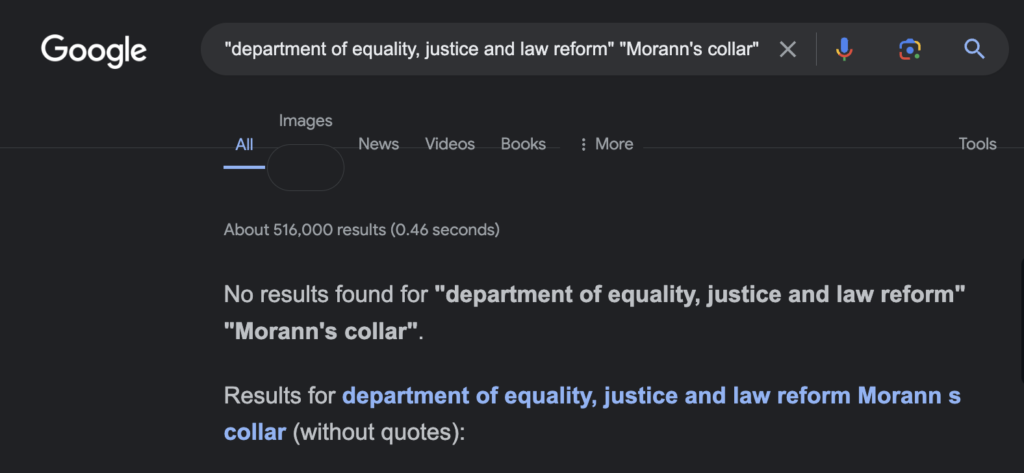
No results found using words or phrases within the text indicate that this content no longer exists online.

A search result containing a favicon of the old logo still in use.
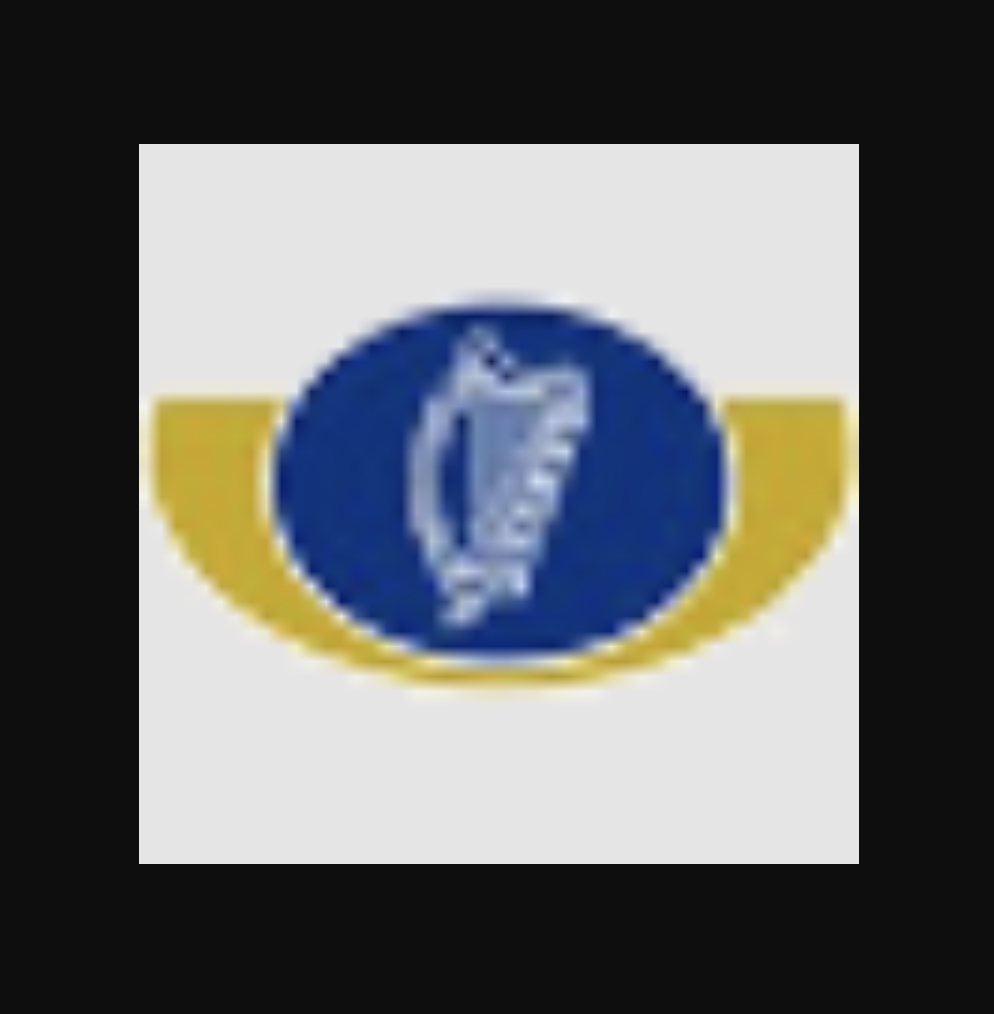
Low-resolution favicon depicting colours of the old logo.
Fading Traditions: Streamlining the Erosion of Irish Cultural Identity
In a significant move towards streamlining government communication, then Taoiseach Leo Varadkar announced in 2017 a rebranding initiative aimed at unifying the visual identities of the Irish government’s departments and agencies. Varadkar emphasized the strategic move was designed to simplify the message and illustrates to the citizen how Departments and agencies are working as a whole to deliver a co-ordinated approach to Government communications (Varadkar, 2017-11-28). This was part of a larger effort to reform government communications, aiming to replace a fragmented and expensive system with a unified government identity. According to Varadkar in 2018, this new approach sought to alleviate confusion, reduce expenses, and enhance the clarity and recognizability of governmental communications with citizens (Varadkar, 2018-11-14).
The earlier logo of the Department of Justice, which proudly displayed the Collar of Morann, served as a direct link to Ireland’s ancestral values and the longstanding tradition of equitable jurisprudence favoured on these lands for centuries. The collar’s presence in the logo was a visual reminder of the ethical obligations and moral standards inherent in the administration of justice. Its removal in the wake of the government-wide rebranding effort, while aimed at modernizing and unifying the visual identity of government communications, also symbolically distanced the Department from this specific emblem of its cultural and legal heritage. Culturally, this transition might reflect a broader shift away from native Irish societal values. Symbolically, at least, it suggests a reorientation from historical and mythological representations that embodied the native Irish conception of justice and the reverence they held for wise laws.
By prominently featuring the collar in its logo, the Department of Justice once underscored the timeless values that underpin the Irish legal system, providing a link between ancient traditions and contemporary practices. The removal of such a distinct and culturally significant emblem in favor of a more generic identity can be seen as a dilution of Ireland’s unique cultural narrative and may inadvertently contribute to the erasure of specific aspects of Irish cultural identity. This reflects a broader trend of globalization and modernization, where unique cultural symbols are sacrificed for the sake of uniformity and simplicity. Such moves risk homogenizing Irish identities to the point where they lose their connection to the nation’s history and cultural specificity.
While the rationale behind the unified government identity is rational from a communications and practical standpoint, it is crucial to remain mindful of the cultural costs and ask “Too costly for whom?” Considering the wastefulness of government spending, perhaps the Irish people would have preferred to see monies saved elsewhere. It is essential to consider the value of maintaining a visible link to cultural roots and symbols that embody the collective memory and values of a nation.
Nations are repositories of rich histories and traditions, and the visual symbols they choose to represent themselves should reflect and honor that diversity. As Ireland moves forward, finding ways to integrate meaningful cultural symbols like the Collar of Morann back into the modern narrative could offer a way to preserve and celebrate Irish identity and the Brehon laws once again.


